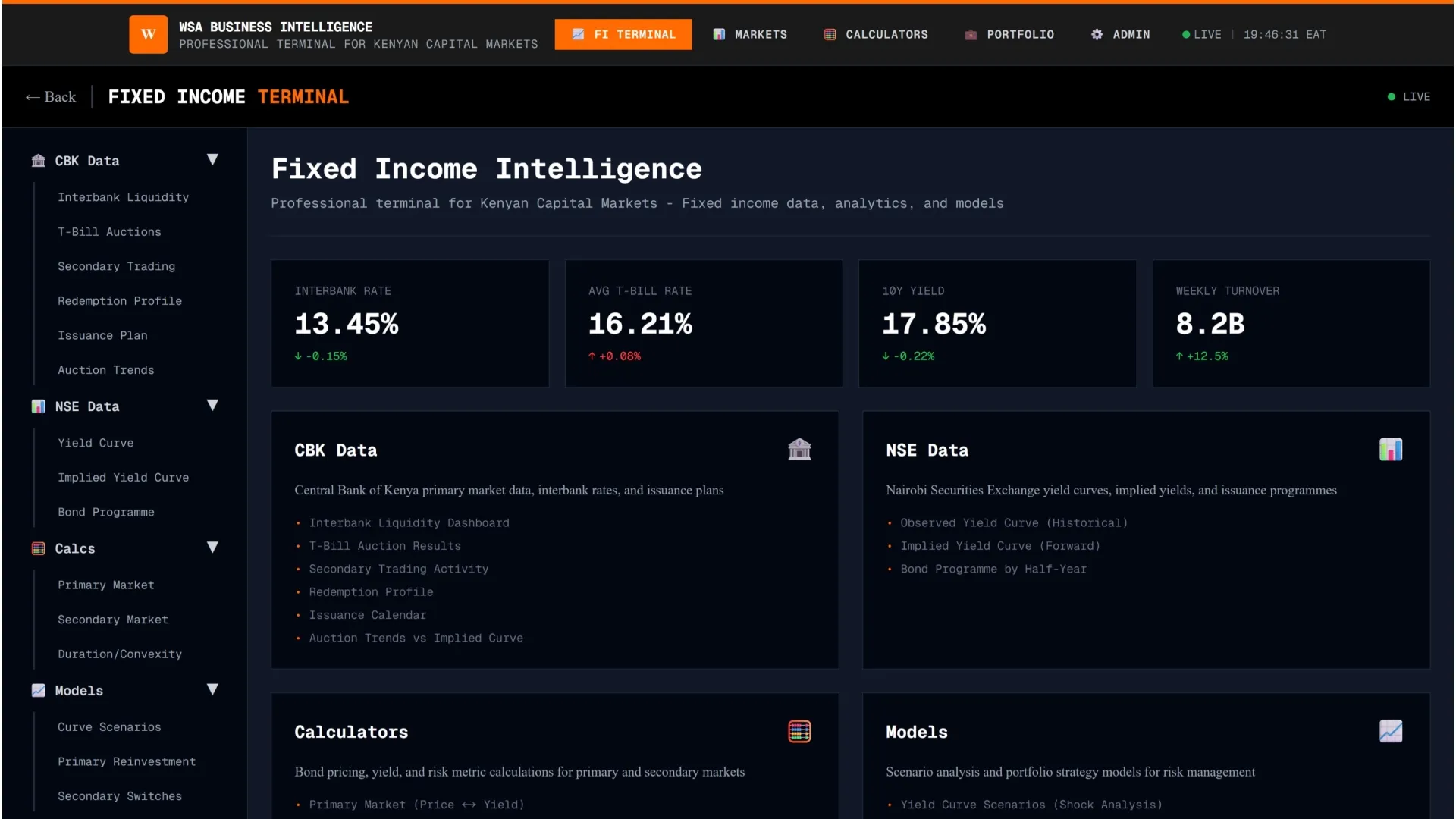Absa Bank Kenya has reported a 9.05% year-on-year rise in profit after tax to KShs 11.68 billion in the first half of 2025.
- •The growth was underpinned by a sharp drop in loan impairment charges and a steady increase in on-interest income, which helped offset pressure on net interest margins.
- •The bank’s return on equity stood at 26.5%, comfortably above its cost of equity, while the board declared an interim dividend of KShs 0.20 per share.
- •Total income closed the period at KShs 31.5 billion, representing a marginal dip from last year.
Net interest income fell by 1.76% due to margin compression and a slightly smaller loan book, but this was balanced by a 13.72% growth in non-interest income. The gains were largely driven by the payments business, foreign exchange trading, and advisory services, reflecting Absa’s ongoing efforts to diversify revenue streams.
Lower Impairments Boost Bottom Line
A key driver of the stronger bottom line was a significant improvement in asset quality. Loan loss provisions fell by 37.9% to KShs 3.2 billion. Management attributed the improvement to robust collection strategies and portfolio quality enhancement. This drop in impairment charges more than offset the slight decline in income, underscoring the impact of disciplined risk management.
Operating expenses fell by 10.49% year-on-year to KShs 14.66 billion, despite increased spending on technology and talent. The Chairman and Managing Director highlighted continued investment in digital transformation, enhancing customer experience, and expanding product offerings, including La Riba products, are strategic investments, with a focus on maintaining strong efficiency metrics.
Balance Sheet Strength and Liquidity
Customer deposits rose by 2.27% to KShs 361.3 billion, while customer assets declined by 3.6% to KShs 304.9 billion. Total assets climbed 10.42% to KShs 531.6 billion, and the core capital ratio improved to 17.6%, well above the statutory 10.5% minimum.
Absa enters the second half of the year with a solid capital base, robust liquidity, and improved asset quality. However, management will need to focus on restoring net interest income growth without eroding the credit gains achieved so far.
Continued expansion of fee-based income streams and disciplined lending are expected to be central to this strategy, as the bank navigates a competitive and shifting macroeconomic environment.
Key Highlights- H1 2025 vs H1 2024
| Metric | June 30, 2025 | June 30, 2024 | YoY Change |
| Net Interest Income | KShs 22.34 Billion | KShs 22.74 Billion | -1.76% |
| Non- Interest Income | KShs 9.12 Billion | KShs 8.02 Billion | 13.72% |
| Operating Expenses | KShs 14.66 Billion | KShs 16.56 Billion | -10.49% |
| Operating Income | KShs 31.46 Billion | KShs 31.83 Billion | -1.16% |
| Profit Before Tax (PBT) | KShs 16.80 Billion | KShs 15.27 Billion | 10.02% |
| Profit After Tax (PAT) | KShs 11.68 Billion | KShs 10.71 Billion | 9.05% |
| Total Assets | KShs 531.58 Billion | KShs 481.42 Billion | 10.42% |
| Total Equity | KShs 89.00 Billion | KShs 73.03 Billion | 21.88% |
| Customer Deposits | KShs 361.34 Billion | KShs 353.34 Billion | 2.27% |
| Loans & Advances (Net) | KShs 304.94 Billion | KShs 316.37 Billion | -3.62% |
| Gross NPLs | KShs 44.24 Billion | KShs 39.40 Billion | 12.28% |
| Earnings per Share (EPS) | KShs 2.15 | KShs 1.86 | 15.59% |
| Interim DPS | KShs 0.20 | KShs 0.20 | 0.00% |




